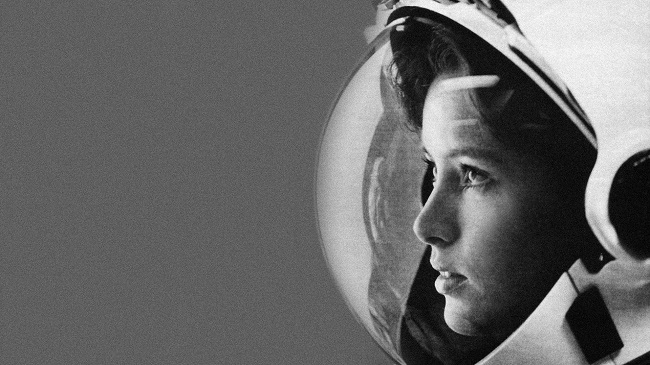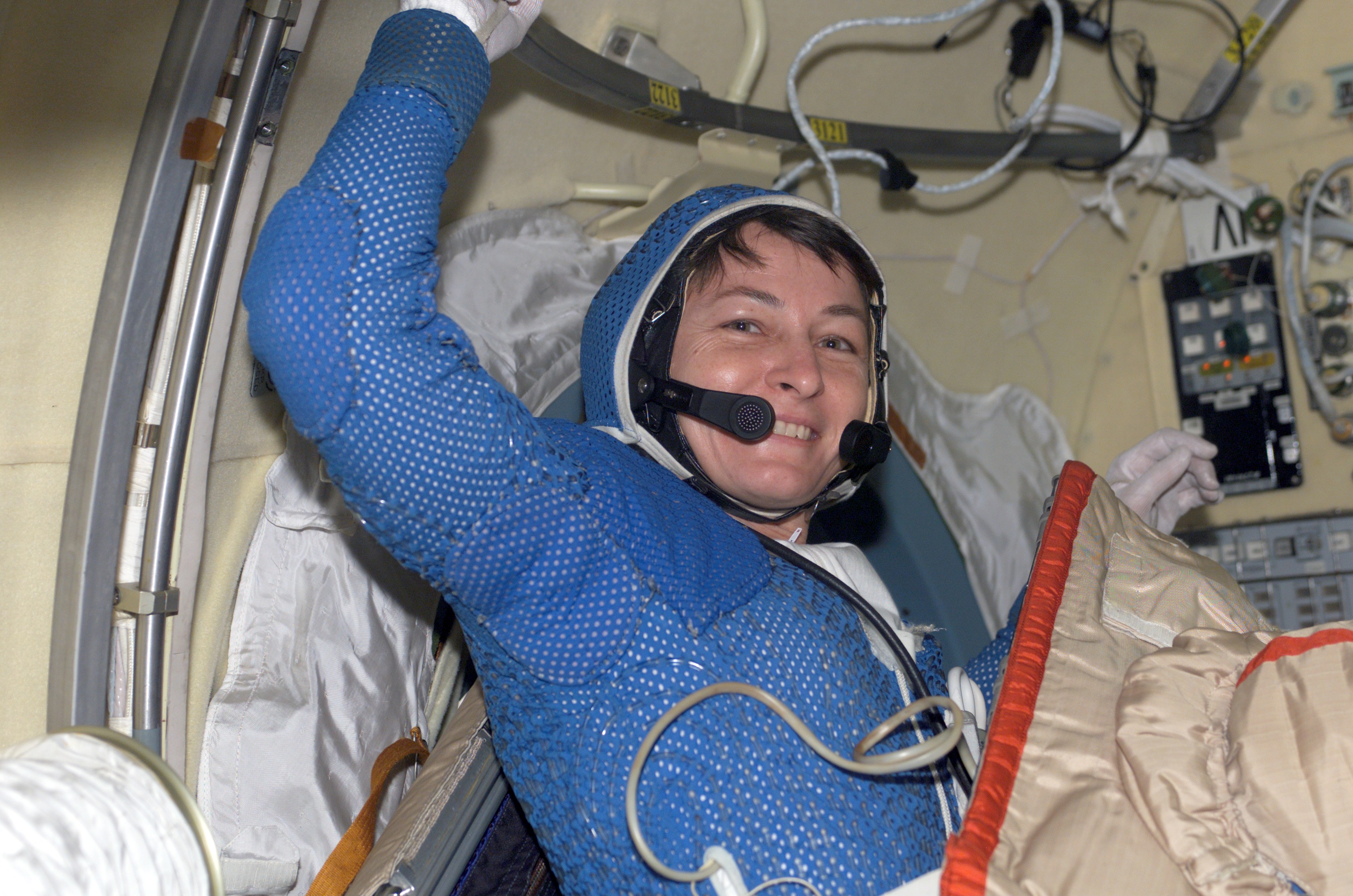In the second part of our look at pioneering female astronauts, we feature three women who broke down prejudices, established commands, and landed men on the moon.
A topic, which has been raised numerous times since Valentina Tereshkova became the first woman in space, was how women would cope in space physically compared with a man, particularly with regard to whether it is right, or even safe, to send a mother to space in what is a rather dangerous pursuit.
Even to this day, no pregnant woman has left Earth’s atmosphere under orders to spend a prolonged period in space due to fear of something going wrong medically for the woman, much in the same way that astronauts of both sexes are expected to have their appendix removed before they embark on a space mission.
However, experiments have been conducted in the past with rats by the Soviet Union in 1983 showing that despite them giving birth to babies that were a little less developed than their Earth-born cousins, they soon caught up both physically and mentally.
Anna Lee Fisher – first mother in space
And so, it was on 8 November 1984 that Anna Lee Fisher became the first mother to travel into space aboard STS-51-A logging a total of 192 hours in space.
However, by this time she had been a part of NASA having been accepted to their training programme in 1979, not long before Sally Ride became the first American woman in space.
In the proceeding five years, Fisher would spend much of her time improving the scientific and engineering capabilities of NASA’s flaghsip craft, the space shuttle, particularly with the flight software for the Shuttle Avionics Integration Laboratory (SAIL) used for training purposes.
As it should have been expected, all went according to plan for Fisher and her fellow astronauts with her role assigned to managing the Remote Manipulator System (RMS) – or the shuttle’s robotic arm – which she had tested and developed over the previous years.
Currently, Fisher is still involved with NASA where she works as a management astronaut within NASA’s CAPCOM, or capsule communicator, the link between those in space and those on Earth.

Image of Anna-Lee Fisher via Wikimedia Commons
Peggy Whitson – first female commander of the International Space Station (ISS)
As the largest man-made object in space, the ISS is a true triumph of engineering and cooperation between a number of different nations to make a cooperative space station for research.
However, despite numerous missions to the ISS beginning with its construction in 1998, it wasn’t until Expedition 16 was launched to the station in 2007 did the ISS have its first female commander.
Originally earning her stripes as an expert biochemist which saw her naturally work at NASA’s Johnson Space Center between 1988 and 1989 as a supervisor to their advanced biochemistry research, it wasn’t until 1996 that she was selected as an astronaut candidate.
Over the course of the next 11 years, Whitson trained and cut her managerial teeth on a number of both space and Earth missions, most notably as commander of the NEEMO 5 mission in the Aquarius underwater laboratory designed to test astronauts for future space exploration.
Following her arrival back to Earth in 2008, Whitson not only became the first woman to command the ISS, but she also broke the record for the longest duration of time for a woman conduction spacewalks, or extravehicular activities (EVAs), all while overseeing the station’s first expansion at the time in over six years.
In the years following her return, she acted as NASA’s chief of the astronaut office until 2012.

Peggy Whitson aboard the ISS. Image via Wikimedia Commons
Margaret Hamilton – the brains behind the Apollo programme
Ok, so a disclaimer might be necessary here, but Margaret Hamilton may not have actually gone in to space herself, but she effectively did everything but.
A mathematical genius, Hamilton following her years of study in mathematics in university, took up an interim position with the Massachusetts Institute of Technology (MIT) in 1960 – at the age of 24 – to develop weather prediction software at a time when even the concept of software engineering (a term credited to her as having coined) or computer science were non-existent, before moving on afterwards to develop radar capable of determining what was friendly and non-friendly.
However, it was her work at NASA that has made her one of the most celebrated women in science, period, where at the age of just 29, became the director and supervisor of software programming for the Apollo moon missions.
In the years building up the Apollo 11 mission in 1969, Hamilton effectively wrote the book on the software that would take the first humans to the surface of another stellar body for the first time.
.jpg)
Image of Margaret Hamilton in the Apollo 11 cockpit via Wikimedia Commons
Most notably, Hamilton’s software prevented an aborted landing for that very mission following an array of warning messages that appeared moment before they were about to touch down which were found to eventually be a fault in the hardware.
Writing two years after the incident, Hamilton said, “The computer (or rather the software in it) was smart enough to recognise that it was being asked to perform more tasks than it should be performing … If the computer hadn’t recognised this problem and taken recovery action, I doubt if Apollo 11 would have been the successful moon landing it was.”
Following her NASA endeavours, she went on to establish her own company, Higher Order Software, where she was CEO from 1976 to 1984.
A true hero of space, even if she never actually made it to the deep abyss herself.
Women Invent Tomorrow is Silicon Republic’s campaign to champion the role of women in science, technology, engineering and maths. It has been running since March 2013, and is kindly supported by Accenture Ireland, Intel, the Irish Research Council, ESB, Twitter, CoderDojo and Science Foundation Ireland.
Inspire 2015 is Silicon Republic’s international event running 18-19 June in Dublin, connecting sci-tech professionals passionate about the future of STEM with fresh perspectives on leadership, innovation and diversity. Buy your early bird tickets now!
Female astronaut image via Shutterstock